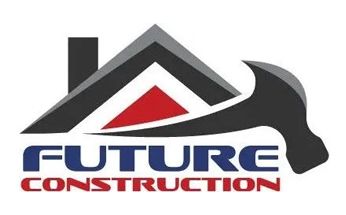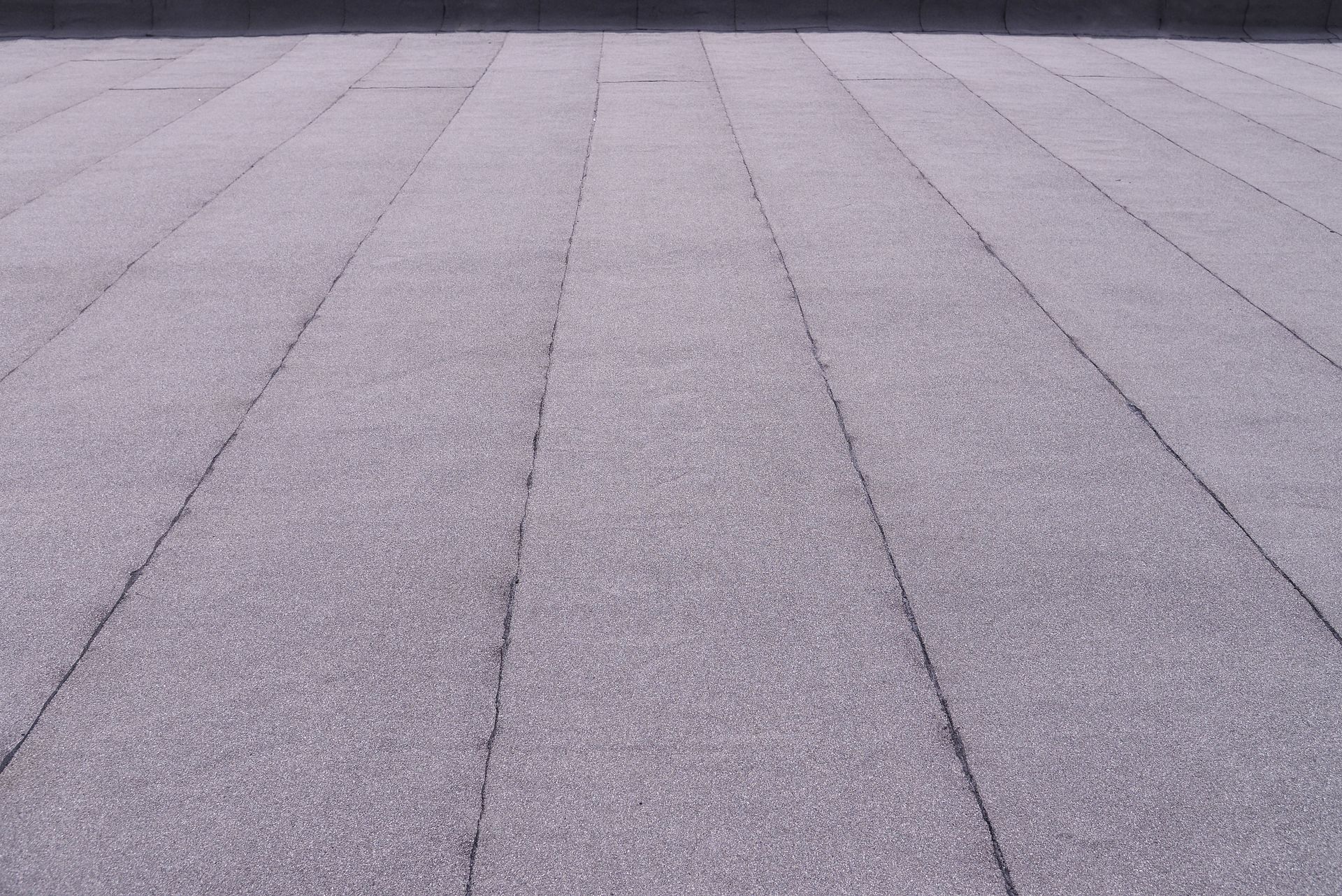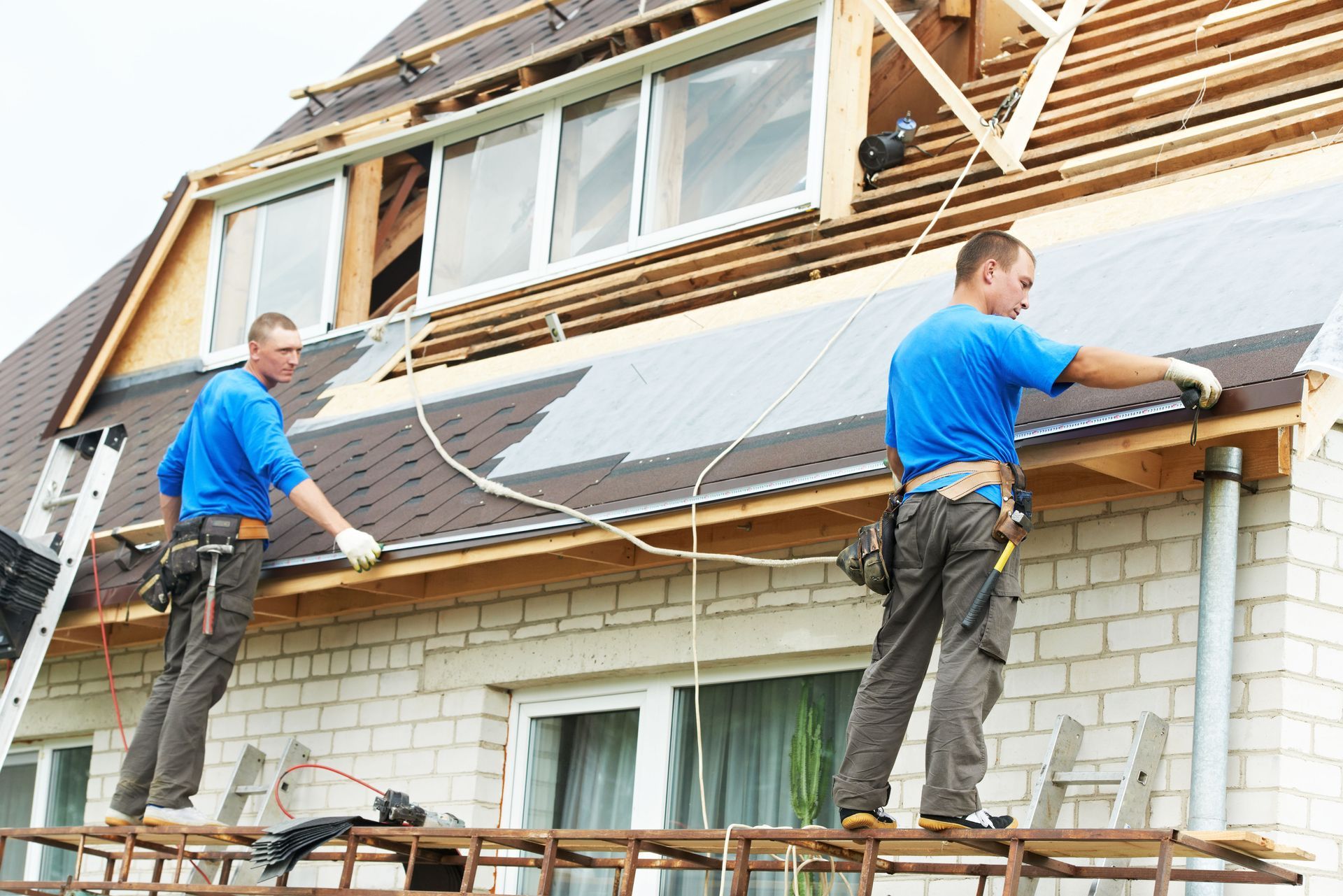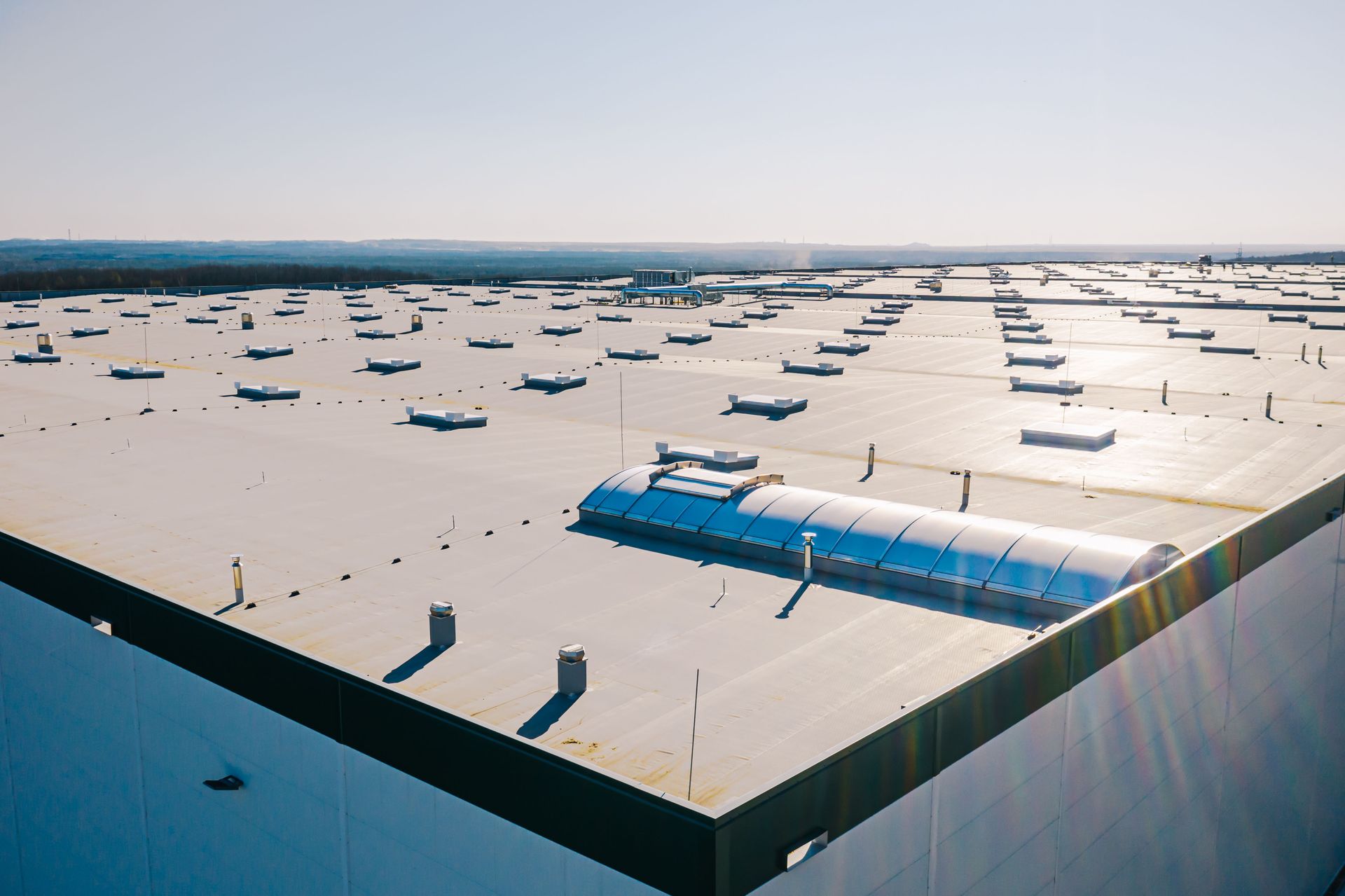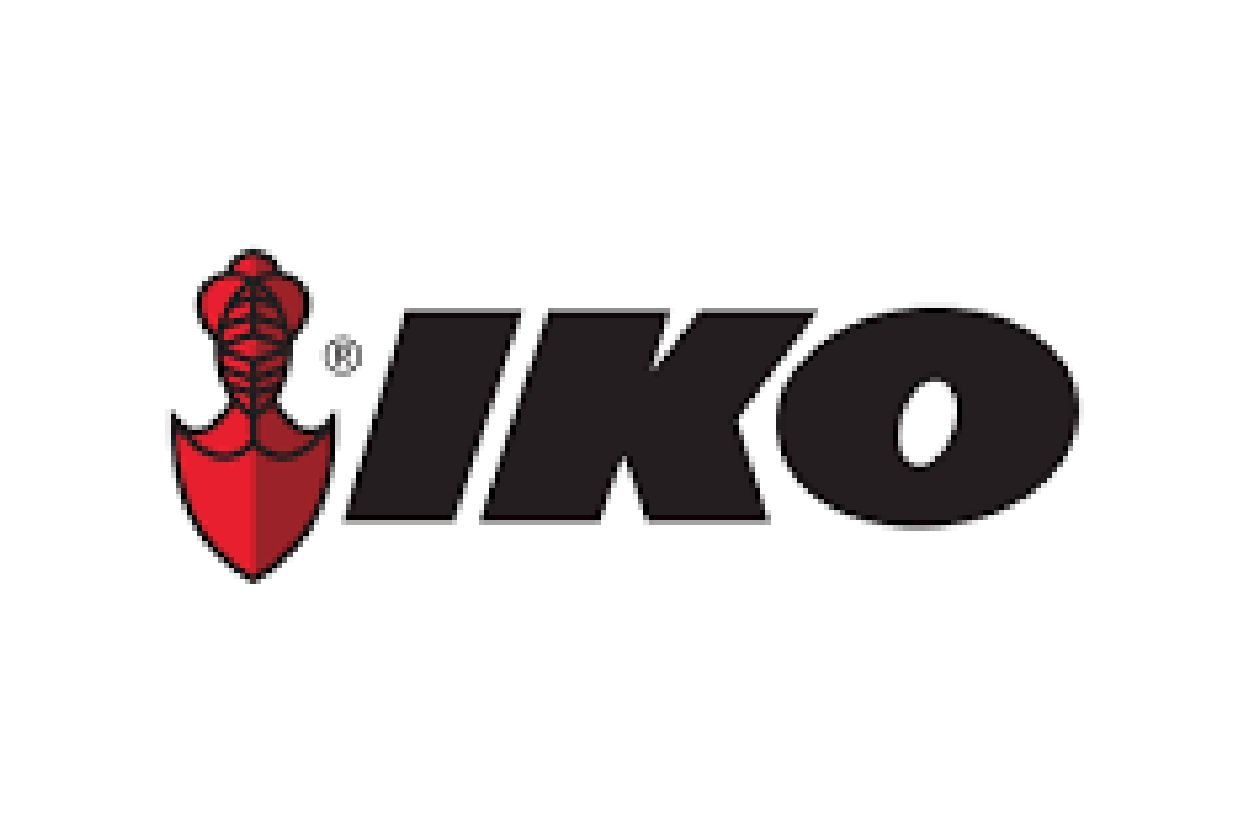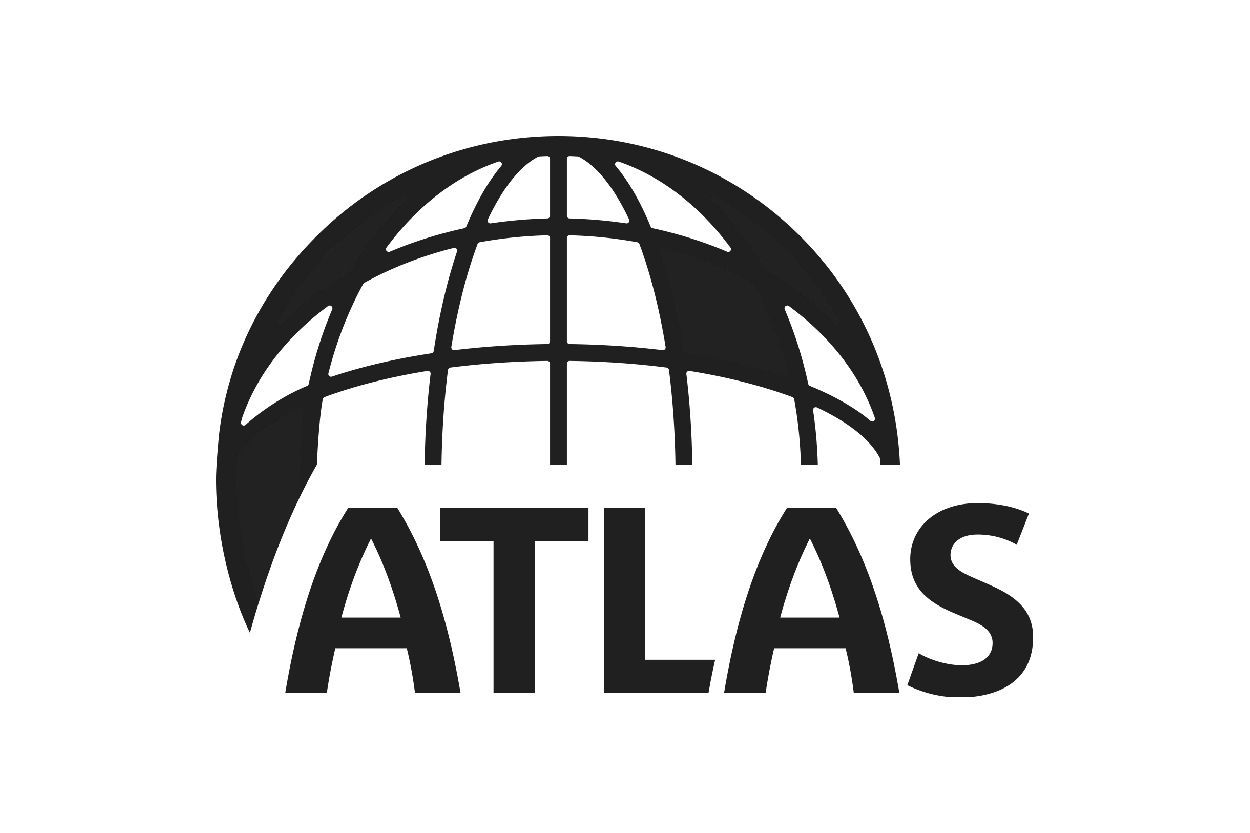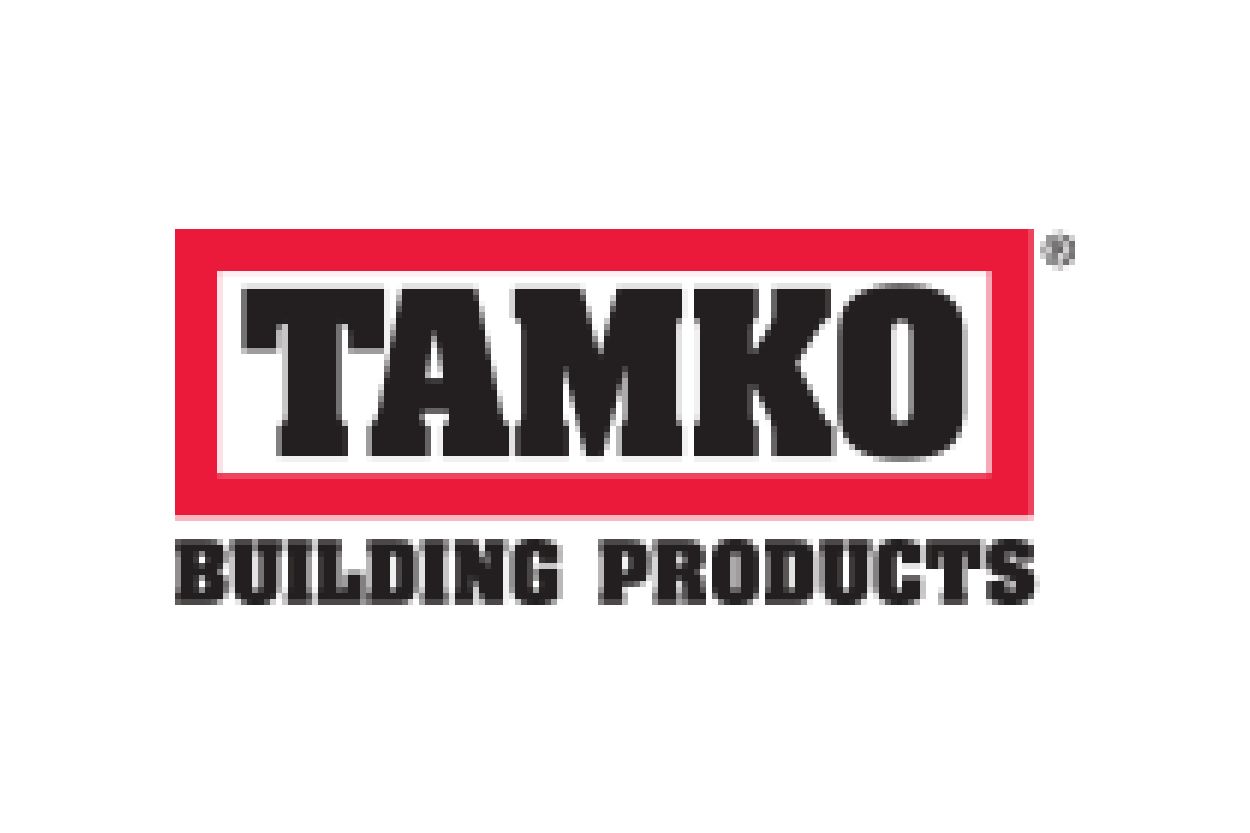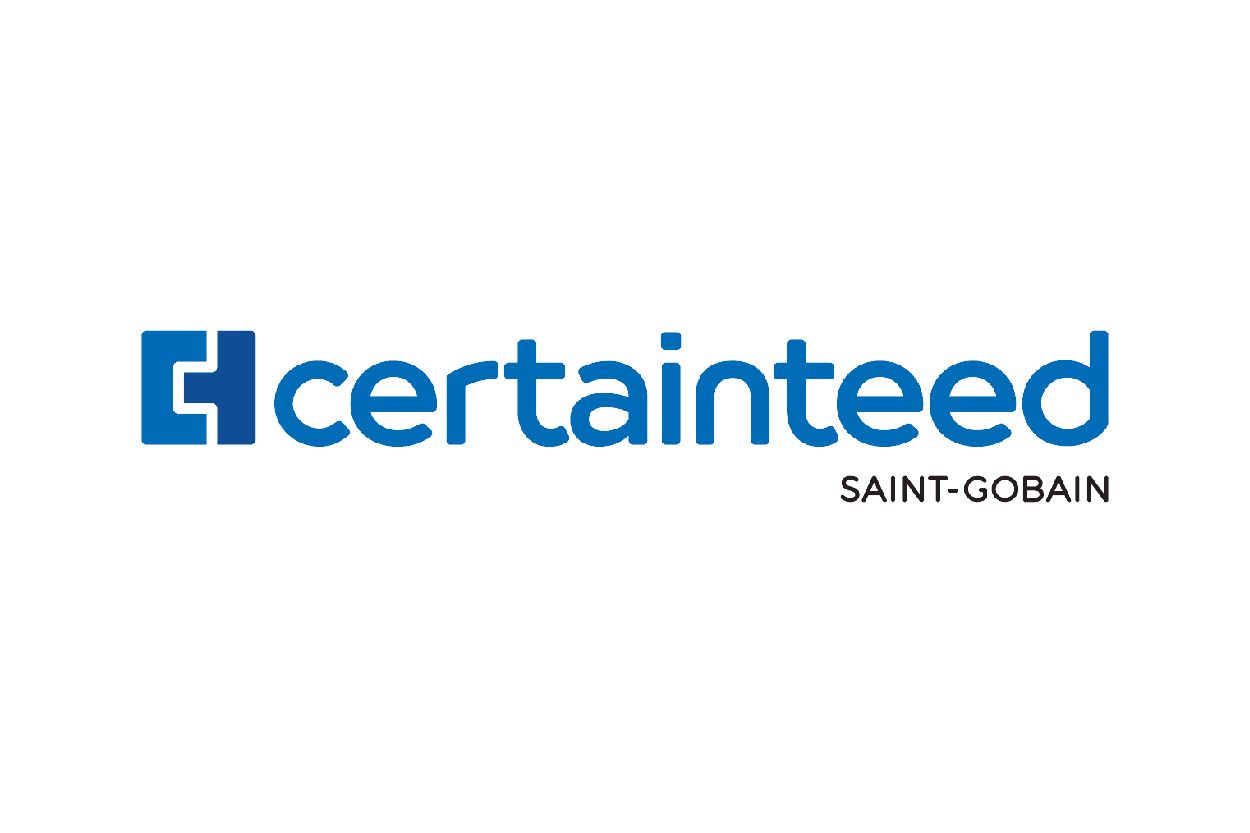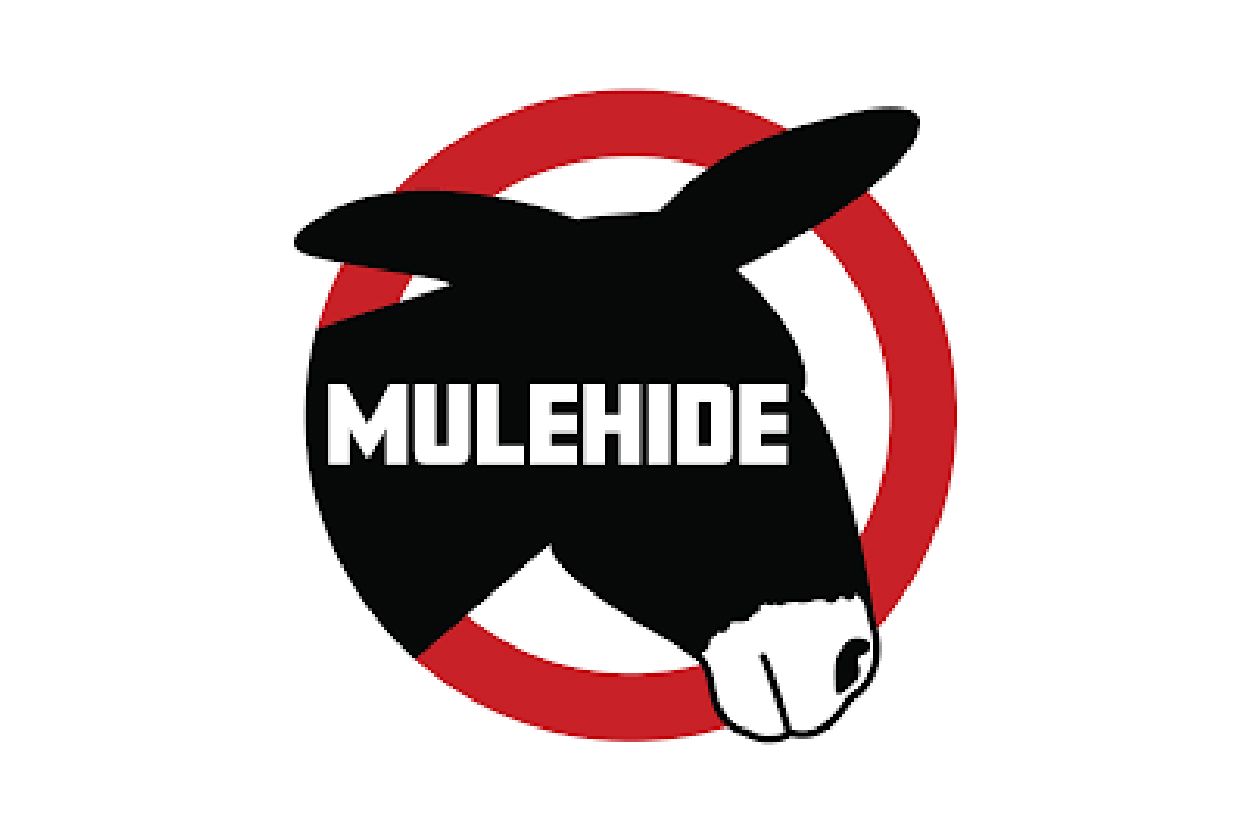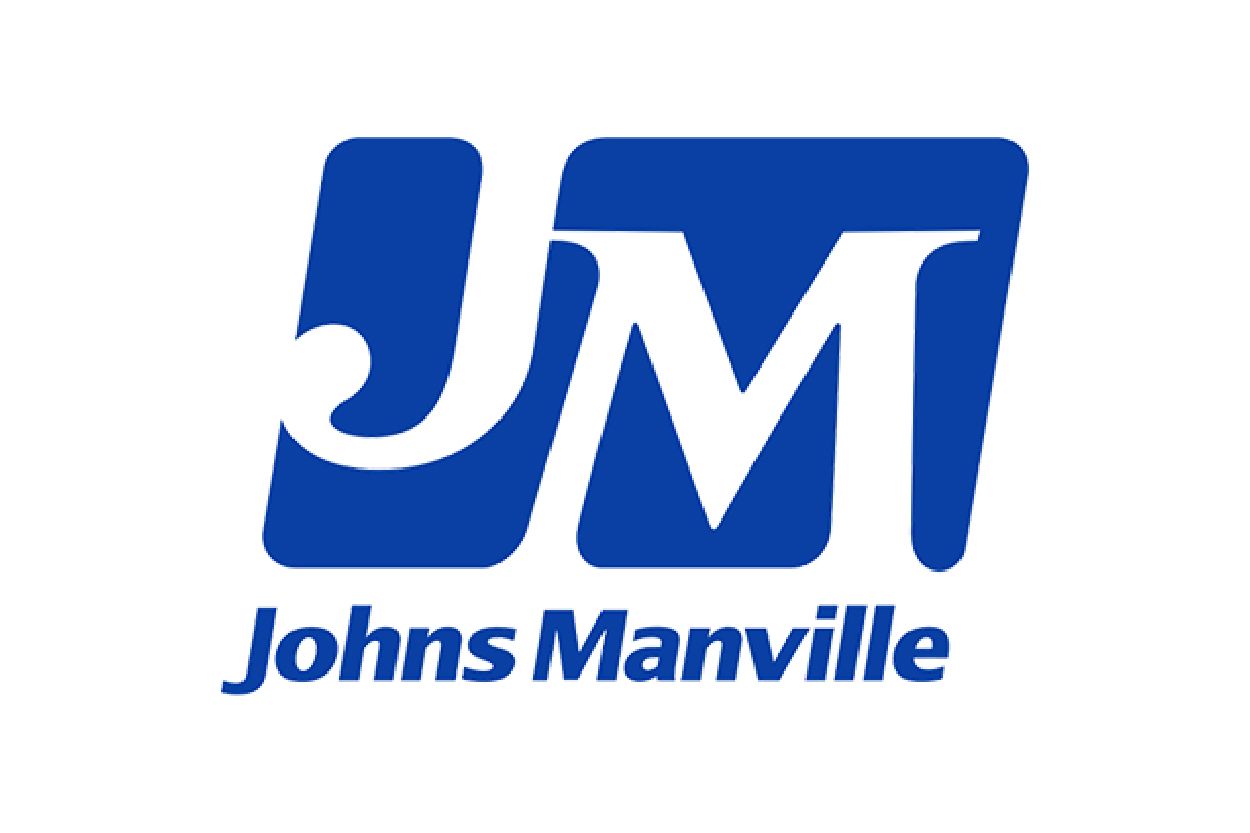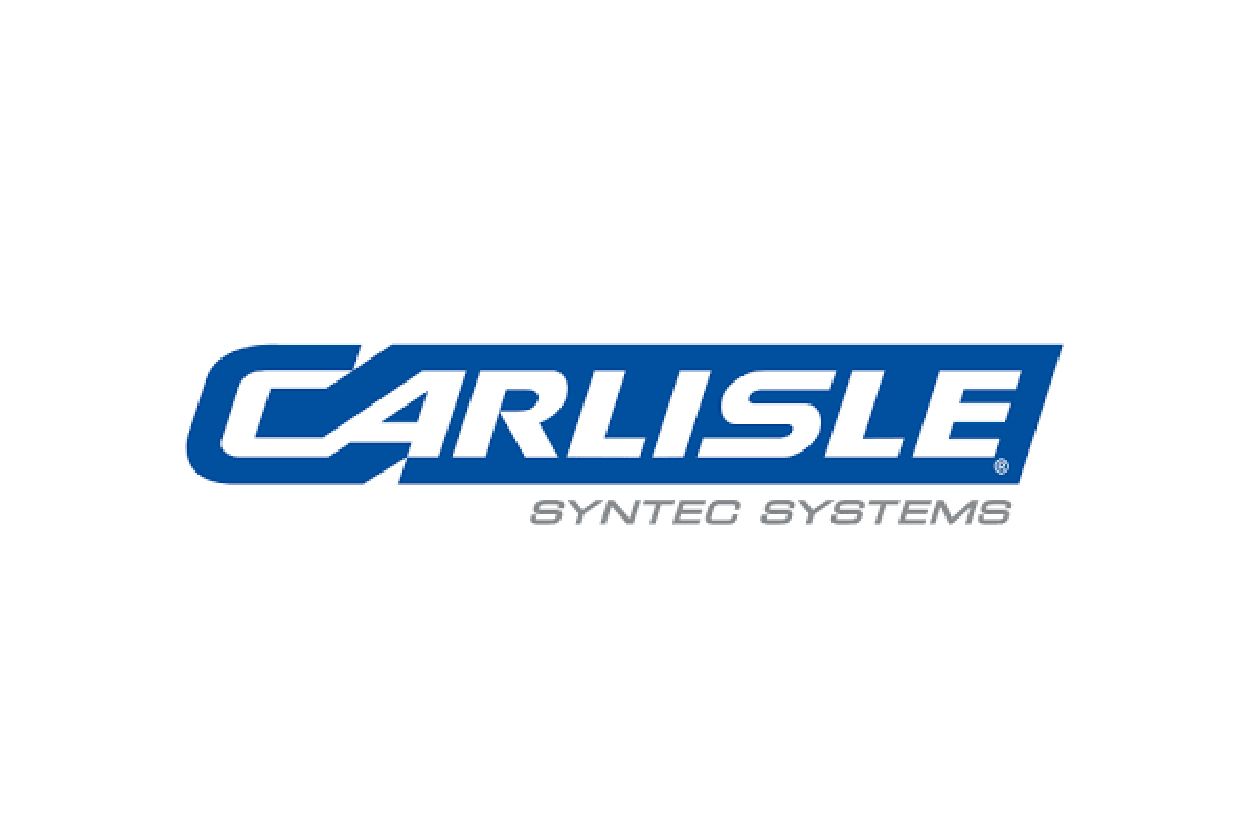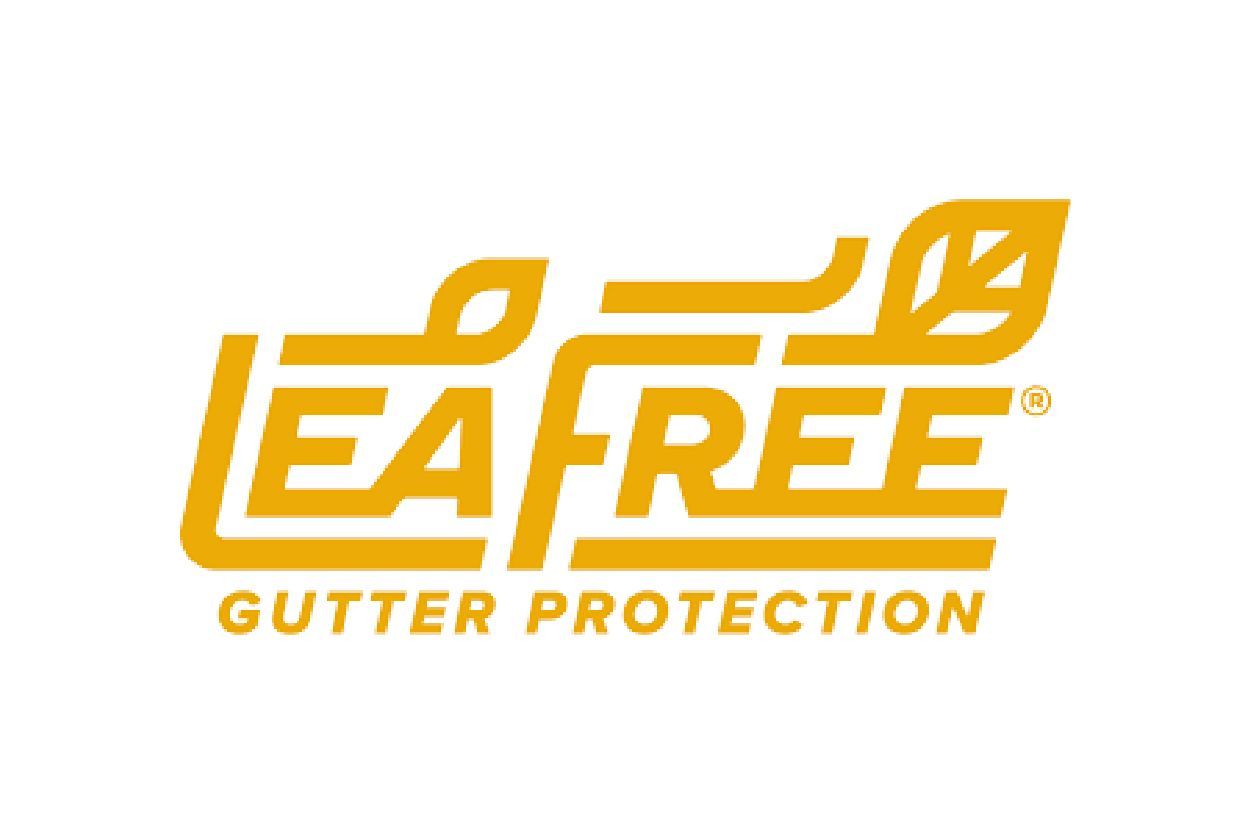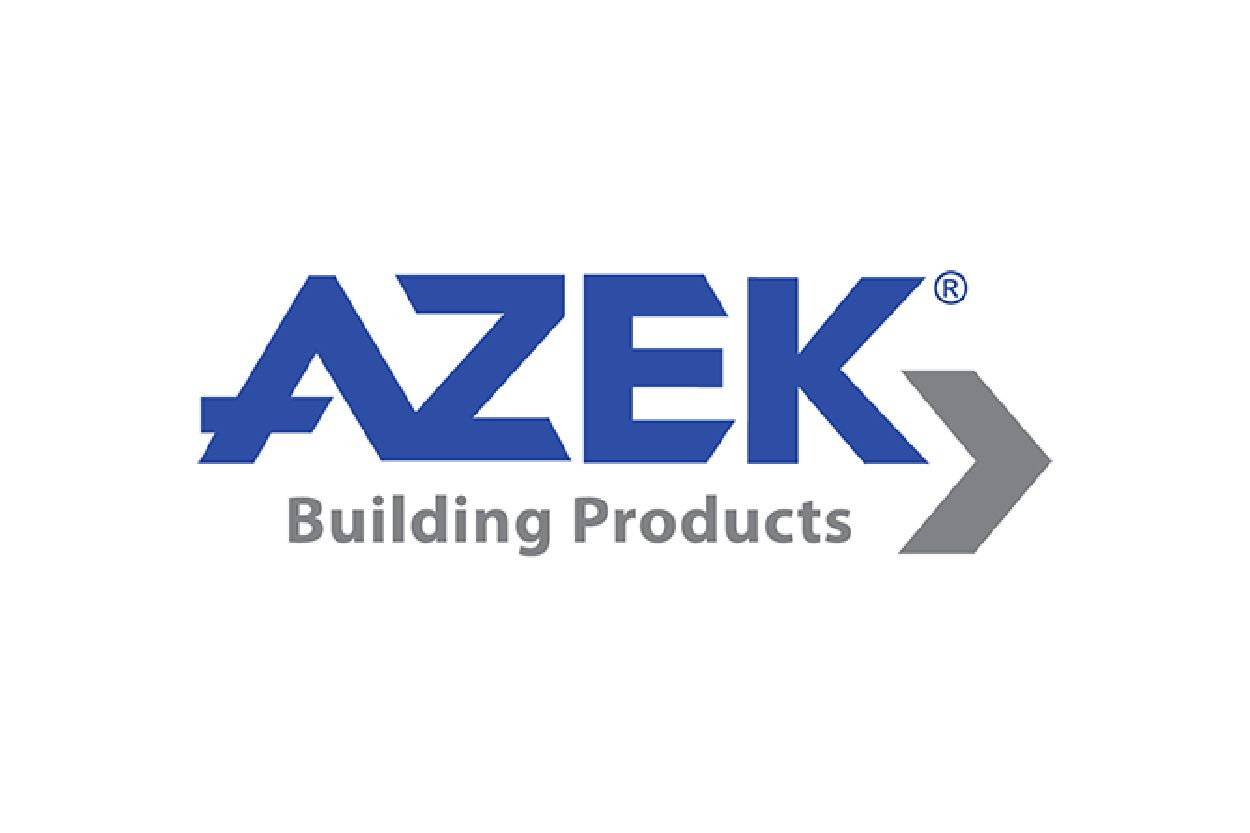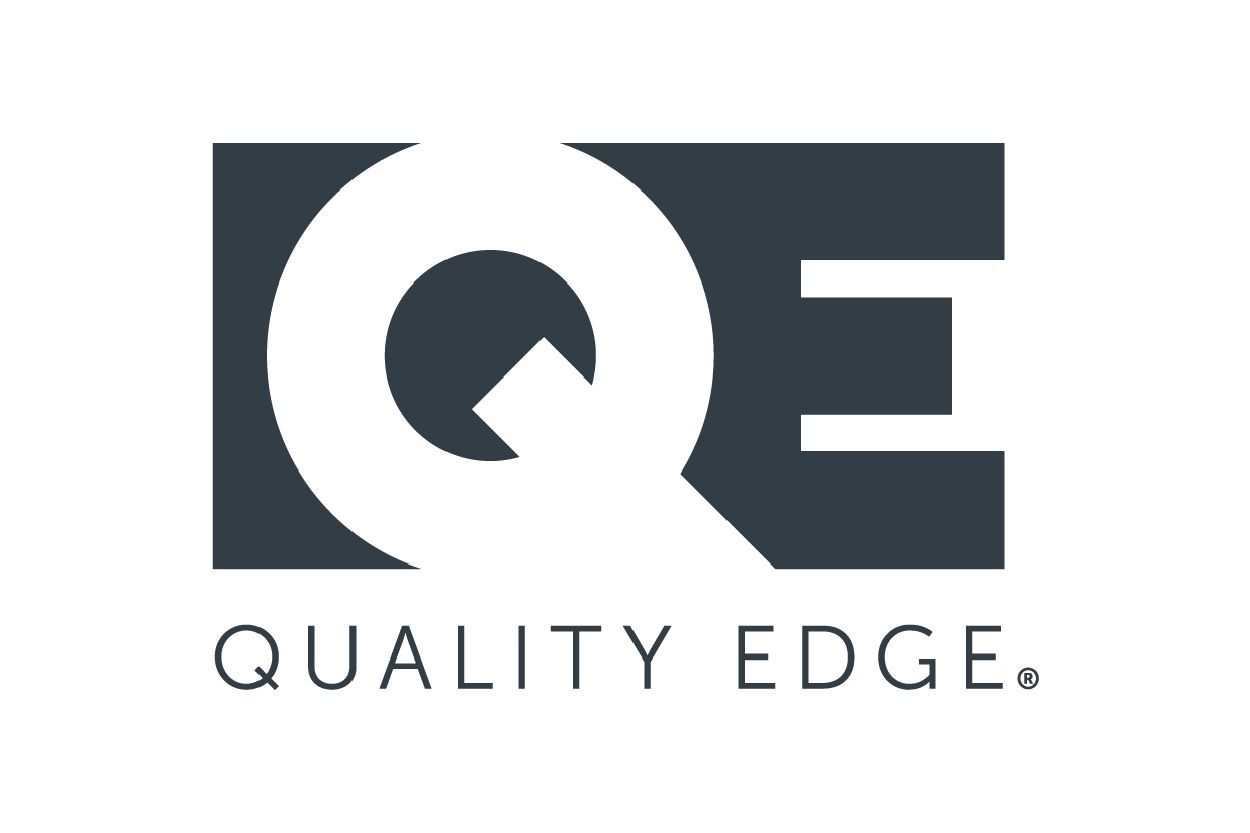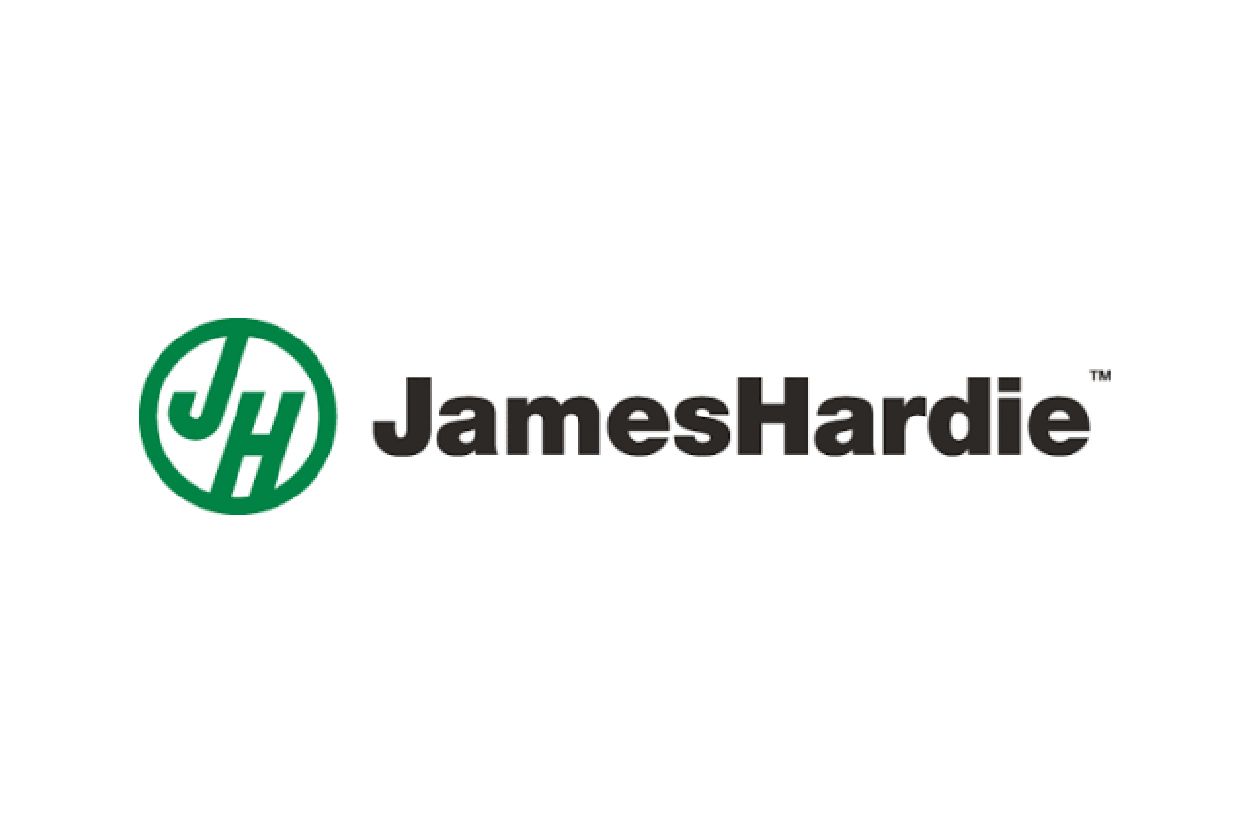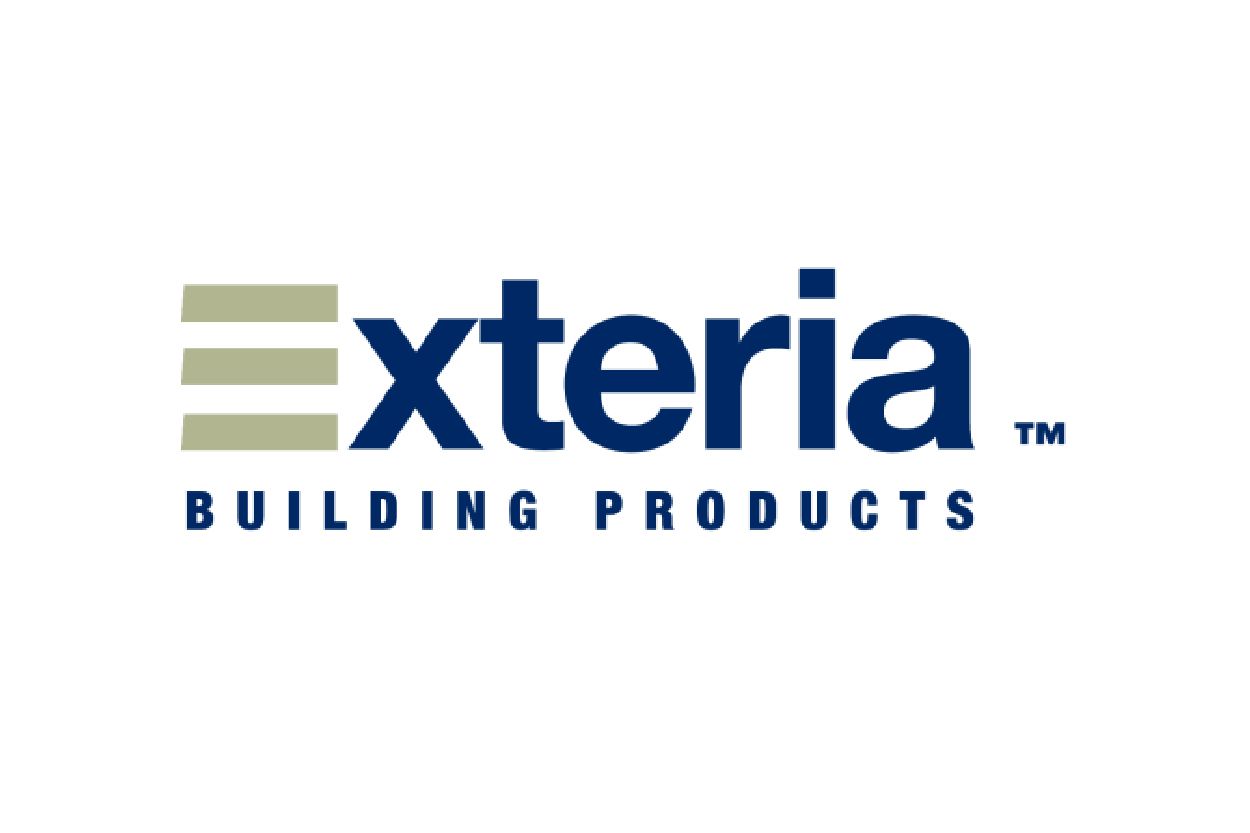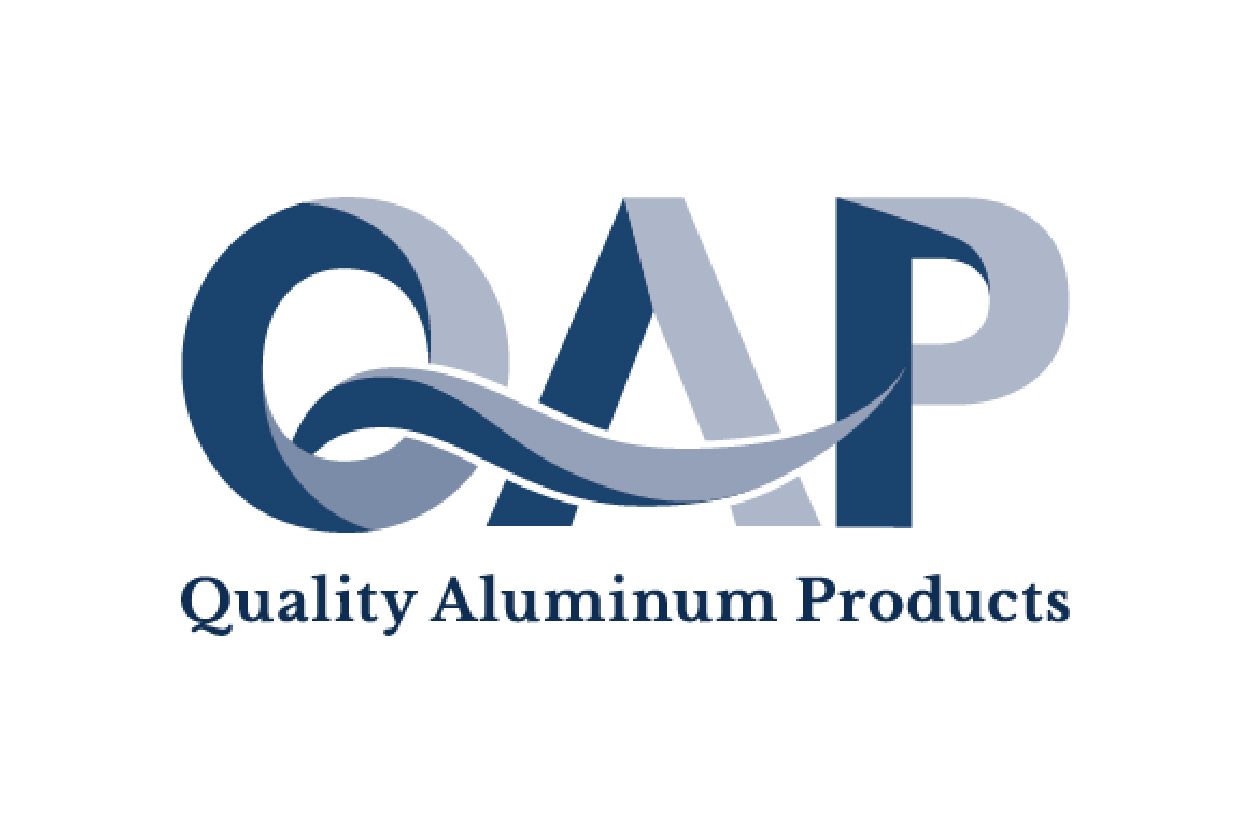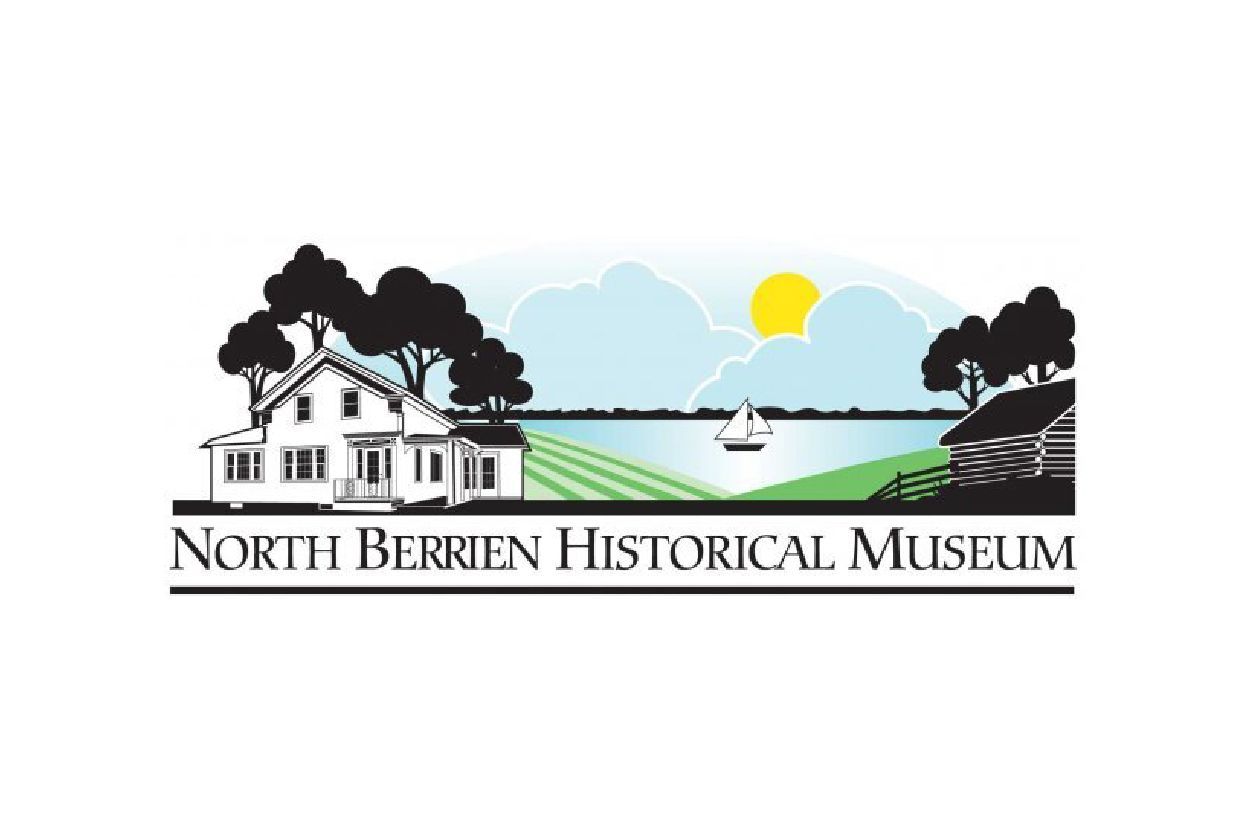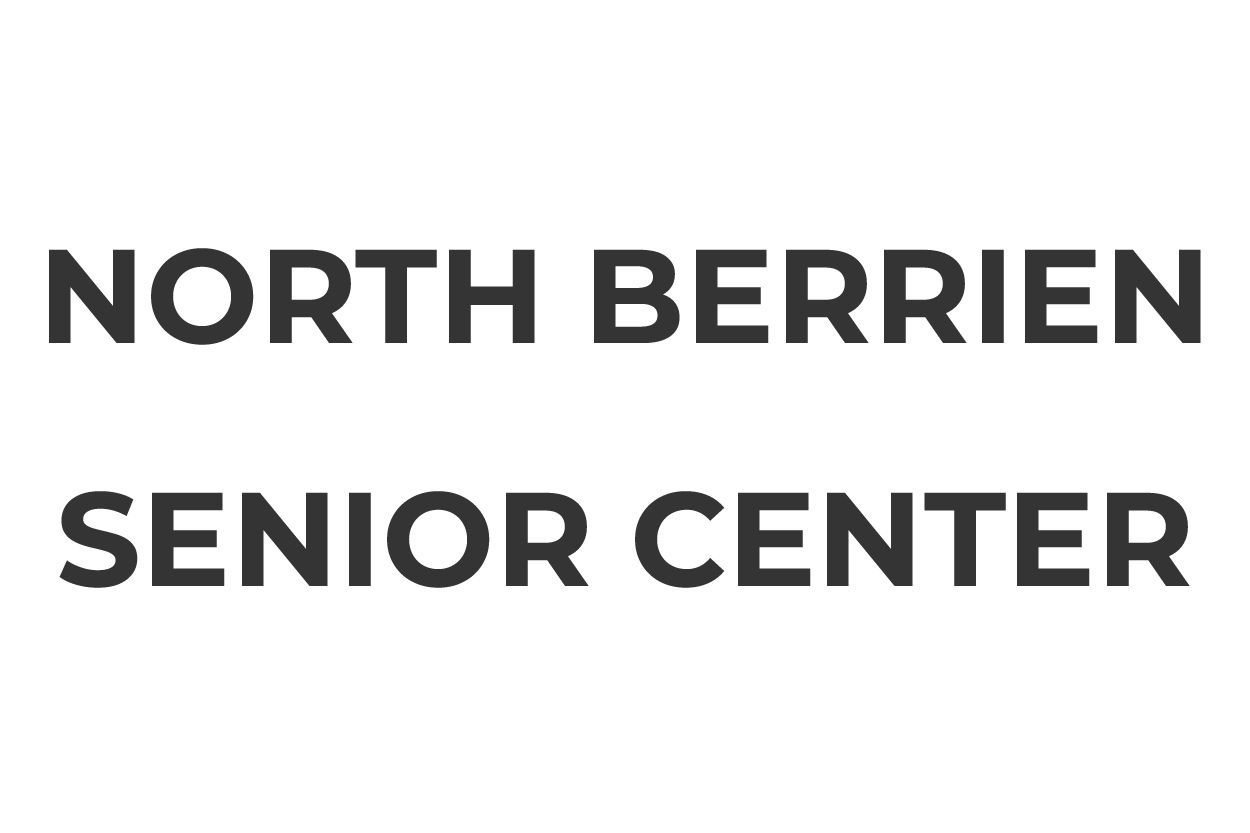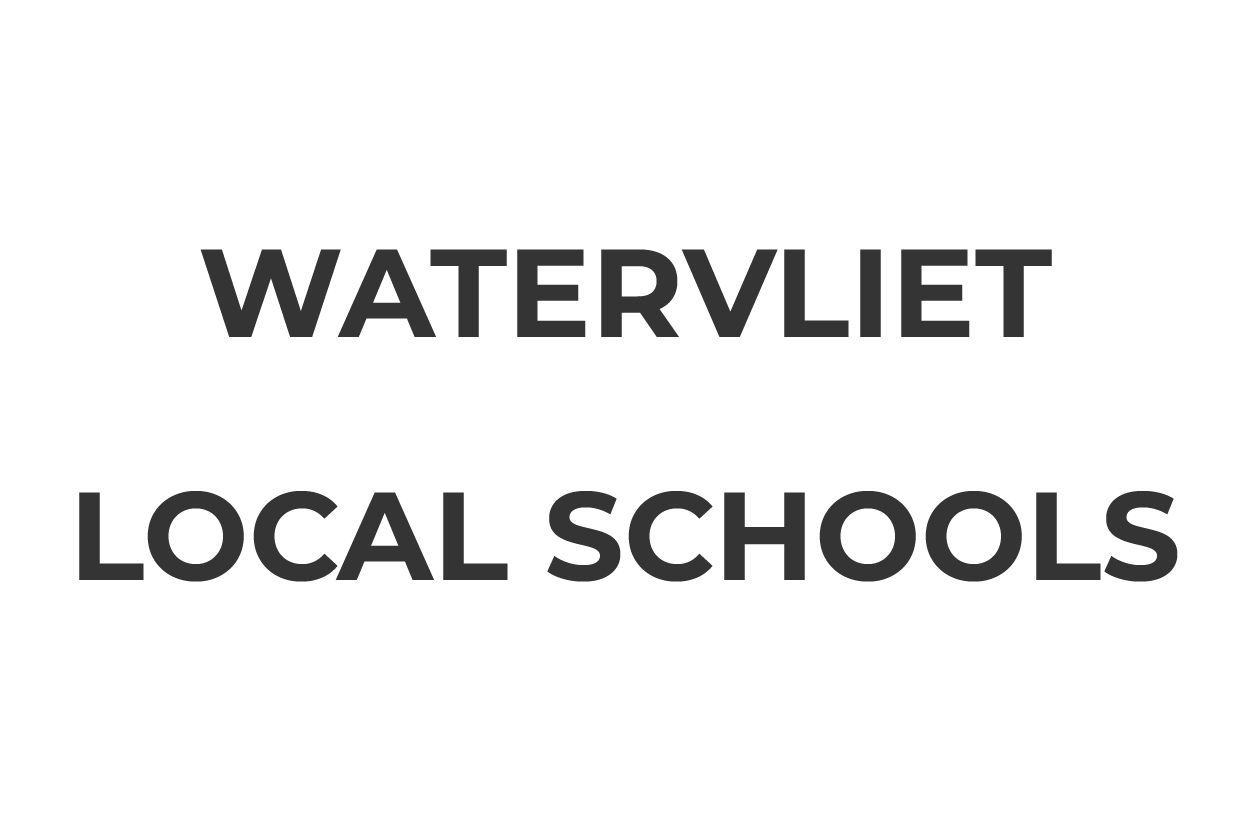November 17, 2025
Flat metal roofs are becoming increasingly popular due to their durability, energy efficiency, and sleek aesthetic appeal. Whether you're considering installing a flat roof or you've recently had one installed, it's essential to understand the key features of this roofing option. Flat metal roofing has risen in popularity as an alternative to traditional roofing materials, offering not only practicality but also aesthetic value. Learn the advantages inspiring more and more property owners to invest in this style of roof.
Reliable Durability
One of the most significant advantages of a metal roof is its impressive resistance to weather elements such as wind, rain, and snow. Metal roofs are designed to withstand extreme weather conditions, making them a reliable choice in areas prone to harsh climates. Their strength lies in the materials used. Moreover, metal roofs are non-combustible, adding an extra layer of safety in the event of a fire.
When it comes to longevity, metal roofs are in a league of their own. According to This Old House, metal roofs can last anywhere from 40 to 70 years with proper maintenance, significantly outlasting traditional roofing materials. This extended lifespan ensures that homeowners enjoy a lower overall cost of ownership due to the durability of their metal roof. The reliability of metal materials results in fewer repairs and replacements over the years, contributing to their long-term value. Proper maintenance, like regular inspections and cleaning, can further extend the life of a metal flat roof.
Regular maintenance plays a crucial role in ensuring the longevity of a metal flat roof. Routine inspections can help identify potential issues such as loose panels or scratches, which, if left unaddressed, can lead to more significant problems. Cleaning is another essential aspect of roof care, as it prevents the buildup of debris that can trap moisture and lead to corrosion over time. Ensuring proper ventilation and drainage can also help in maintaining the roof's health. By following recommended maintenance practices, homeowners can ensure their metal roofs last for decades, offering peace of mind and long-term savings.
Energy Efficiency
A metal roof offers excellent energy efficiency due to the material's reflective properties. These roofs reflect solar radiant heat, reducing cooling costs by maintaining cooler indoor temperatures during the summer. The temperature regulation capability of metal roofs contributes significantly to energy savings, making them highly desirable for those looking to reduce their environmental footprint. This efficiency can play a vital role in reducing the impact of heat, promoting a more sustainable environment.
The concept of a "cool roof" is gaining traction for its role in reducing energy costs and its impact on the environment. A metal flat roof with reflective coatings can help decrease air conditioning needs, resulting in lower energy bills. This cost-saving aspect is one of the most appealing features of metal roofs, attracting environmentally-conscious consumers. Innovations in metal roofing technology are continually improving their energy-saving capabilities, making them a smart investment for the future. With the added advantage of contributing to sustainability, metal roofs are both a practical and eco-friendly choice.
Beyond reflectivity, the longevity and durability of a metal flat roof also contribute to its overall energy efficiency. Because metal roofing resists warping, cracking, and weather-related wear, it maintains its performance over time without frequent repairs or replacements that can reduce insulation effectiveness. Its ability to withstand harsh conditions helps preserve the roof's thermal barrier, ensuring energy savings remain consistent year after year. Metal roofing systems make a significant contribution to sustainable, cost-effective building performance.
Installation Ease
Preparing the existing structure is a critical step in the installation of a metal flat roof. The structure must be assessed for stability and strength to ensure it can adequately support the weight of the metal roofing materials. Structural integrity checks may involve examining the rafters and decking for signs of damage or weakness. Proper preparation can prevent issues like sagging or leaks after installation, protecting your investment from the start. Ensuring the existing structure is sound sets the stage for a successful metal roof installation.
Once the surface is prepared and any necessary repairs are made, installers lay down an underlayment that provides moisture protection and helps create a stable foundation. Metal panels are then precisely measured, cut, and secured in place, with careful attention to seams and fasteners to create a watertight, durable seal. Flashing is added around edges, vents, and other roof penetrations to prevent leaks and ensure long-term performance. Throughout the process, professional installers follow industry standards to deliver a roof that is both structurally sound and optimized for energy efficiency and longevity.
Adhering to local building codes and obtaining necessary permits when installing a flat roof are essential to avoiding legal issues. Working with a qualified contractor familiar with metal roofing systems can help mitigate these challenges. Site-specific considerations may also influence the installation process. Proper planning and expert guidance are critical to overcoming these hurdles effectively.
Aesthetic Appeal
Flat metal roofs impressively contribute to a building's aesthetic appeal by offering a variety of design options and color availability. They can be customized to match the building's exterior design, providing a cohesive look. The range of colors and finishes available allows homeowners to achieve both traditional and modern aesthetics. From sleek metallic finishes to vibrant colors, a metal roof can enhance the curb appeal of any property. Choosing the right design and color can drastically change the look of a building, creating a unique and attractive appearance. Working with your roof installer to choose the right design for your property is an important step in the process.
Modern and traditional styles are both achievable with metal flat roofing systems. Homes with contemporary designs can benefit from the clean lines and minimalistic look of metal roofs. In contrast, traditional homes can be complemented with metal roofs designed to mimic classical roofing materials like shingles or tiles. The versatility of metal roofing extends to historical buildings where a particular aesthetic is desired. This flexibility ensures that metal roofs can be integrated across various architectural styles, preserving or enhancing the building's intended look.
Customization possibilities make this style of roofing highly appealing to homeowners seeking a unique appearance. Textures, patterns, and panel sizes can be tailored to specific design visions. Some homeowners choose metallic accents, while others may opt for special coatings that emulate the appearance of materials like stone or wood. The ability to align with the building's architecture and surroundings ensures cohesion and harmony. Investing in a customized metal roof not only boosts aesthetic value but can also increase the overall property value.
These roofs offer a robust and energy-efficient solution for residential and commercial buildings. By understanding their benefits and potential challenges, you can make informed decisions to ensure your metal flat roof serves you well for many years. Regular maintenance and choosing the right materials with the help of your contractor are crucial steps in optimizing the performance of your roof. With a broad range of designs, colors, and finishes, metal roofs can enhance the aesthetic appeal of any property. Additionally, the long-term cost savings from reduced energy use and fewer replacements make these roofs a smart investment. When you're considering a change in your roofing, reach out to Future Construction to learn more about your options.

